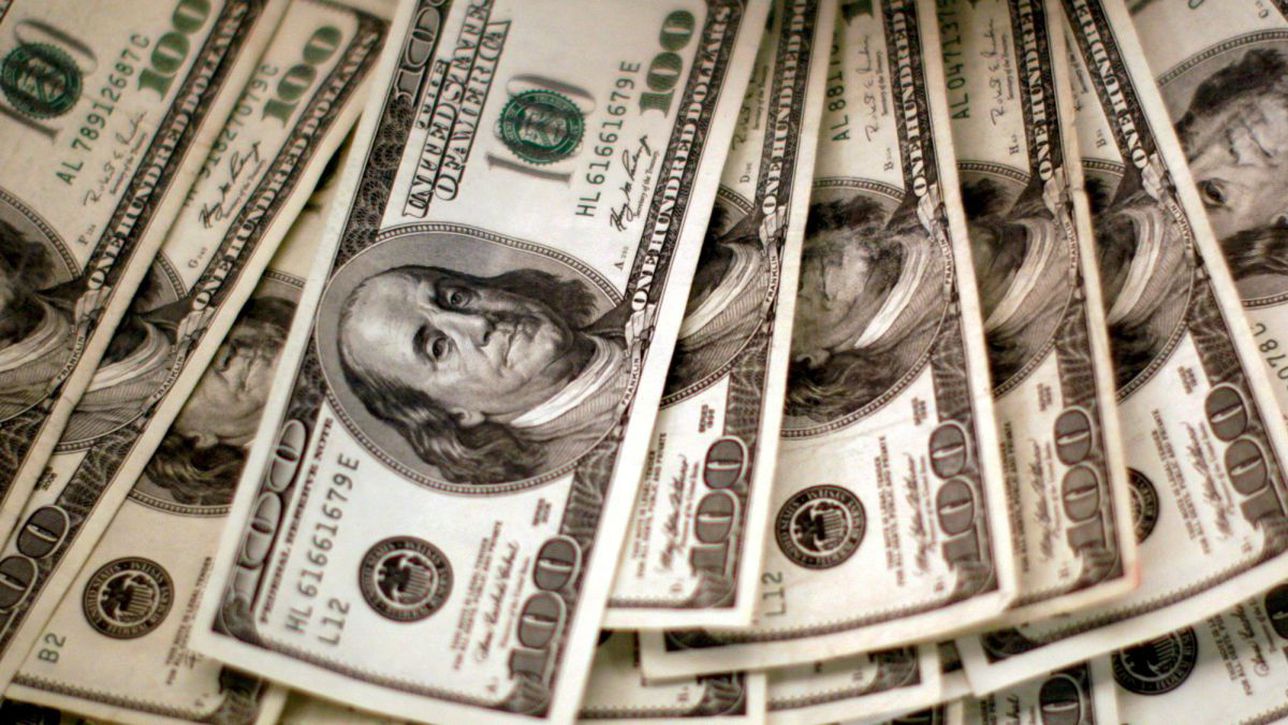
Economist Peter C. Earle, a research fellow at the American Institute for Economic Research, argues that de-dollarization has begun and that it is not only a response to US “economic warfare”, but also a result of US “error-fraught” policies that have eroded the confidence in the dollar.
The US dollar has been the world’s reserve currency since the end of World War II, when most countries agreed to peg their currencies to the dollar, which was backed by gold. This system, known as the Bretton Woods system, collapsed in 1971 when President Nixon suspended the convertibility of the dollar to gold. Since then, the dollar has remained dominant in international transactions, accounting for about 60% of global foreign exchange reserves and 40% of global payments.
However, in recent years, some countries have started challenging the dollar’s supremacy, citing various reasons such as US sanctions, trade wars, monetary policy mistakes, and inflation risks. Economist Peter C. Earle, a research fellow at the American Institute for Economic Research, argues that de-dollarization has begun and that it is not only a response to US “economic warfare”, but also a result of US “error-fraught” policies that have eroded the confidence in the dollar.
According to Earle, one of the main drivers of de-dollarization is the US use of sanctions and other coercive measures to punish its adversaries or rivals, such as Iran, Russia, China, Venezuela, and North Korea. These measures often involve cutting off access to the dollar-based financial system, such as SWIFT, a network that facilitates cross-border payments.
Earle writes:
“It’s not just the conscription of the dollar in economic warfare, but increasingly error-fraught monetary policy regimes that are driving various interests away from the greenback.”
Earle argues that by using the dollar as a weapon, the US has incentivized other countries to seek alternative ways of settling their trade and financial transactions, such as using local currencies, regional arrangements, or cryptocurrencies. For example, China and Brazil have agreed to use their own currencies (the yuan and the real) to trade with each other, bypassing the dollar. The BRICS countries (Brazil, Russia, India, China, and South Africa) are also reportedly working on creating a new currency backed by gold or a basket of commodities.
Another driver of de-dollarization is the US monetary policy stance, which Earle claims has been erratic and inconsistent in recent years. He points out that after the 2008 financial crisis, the US Federal Reserve embarked on an unprecedented expansionary policy, injecting trillions of dollars into the economy through quantitative easing (QE) and lowering interest rates to near zero. This policy was intended to stimulate growth and inflation, but it also created distortions and imbalances in the financial markets and increased the debt burden.
Then, in 2020, following the Covid-19 pandemic outbreak, the Fed doubled down on its expansionary policy, increasing its balance sheet by another $4 trillion and pledging to keep interest rates low for a long time. However, this policy also triggered a surge in inflation, which reached a 40-year high in November 2021. The Fed initially dismissed inflation as transitory and caused by supply shocks, but later acknowledged that it was more persistent and broad-based than expected. As a result, the Fed changed course and announced that it would taper its QE program faster than planned and raise interest rates sooner than anticipated.
Earle argues that these policy shifts have undermined the credibility and stability of the dollar, as they have caused unpredictable fluctuations in its value and expectations. He writes:
“The pandemic triggered a massive expansionary response in 2020 followed by an initial disregard for an inflation outbreak that subsequently hit four-decade highs before an aggressive contractionary shift in policy that destabilized precarious financial institutions was implemented.”
Earle warns that by “weaponizing” dollar dominance and allowing “expanding mandates” to disorient US monetary policy, the US may have sealed “the dollar’s fate as the lingua franca of world commerce over the long haul”. He acknowledges that moving away from the dollar is not easy or immediate, as there are many barriers and network effects to overcome. However, he suggests that de-dollarization will continue as long as US fiscal and monetary policies remain unsound and inconsistent with sound money principles.


